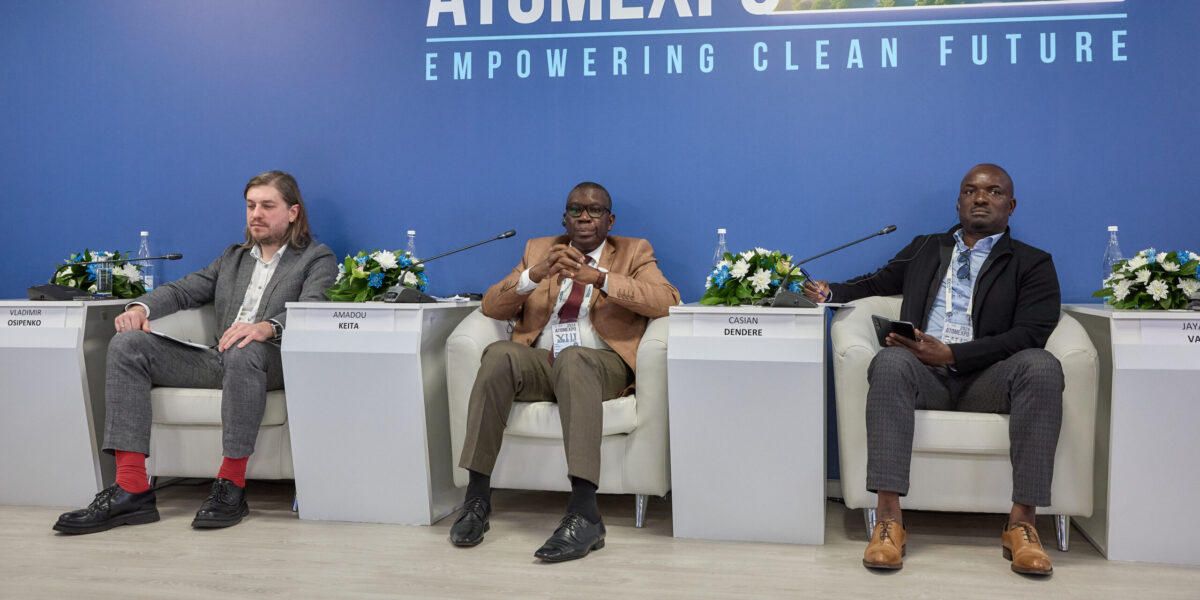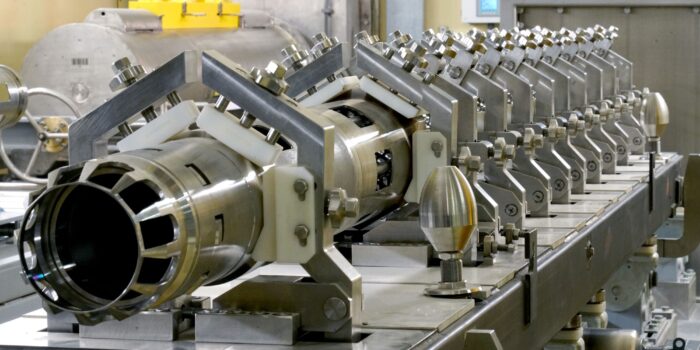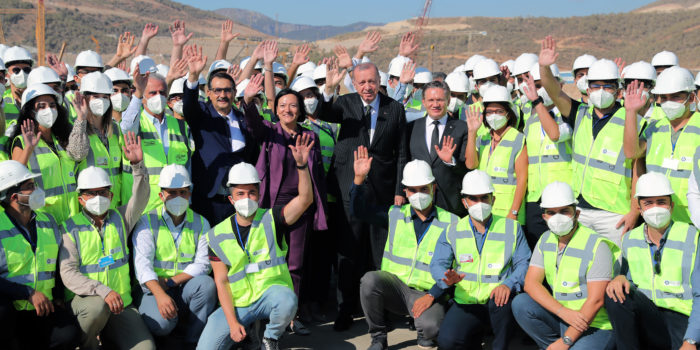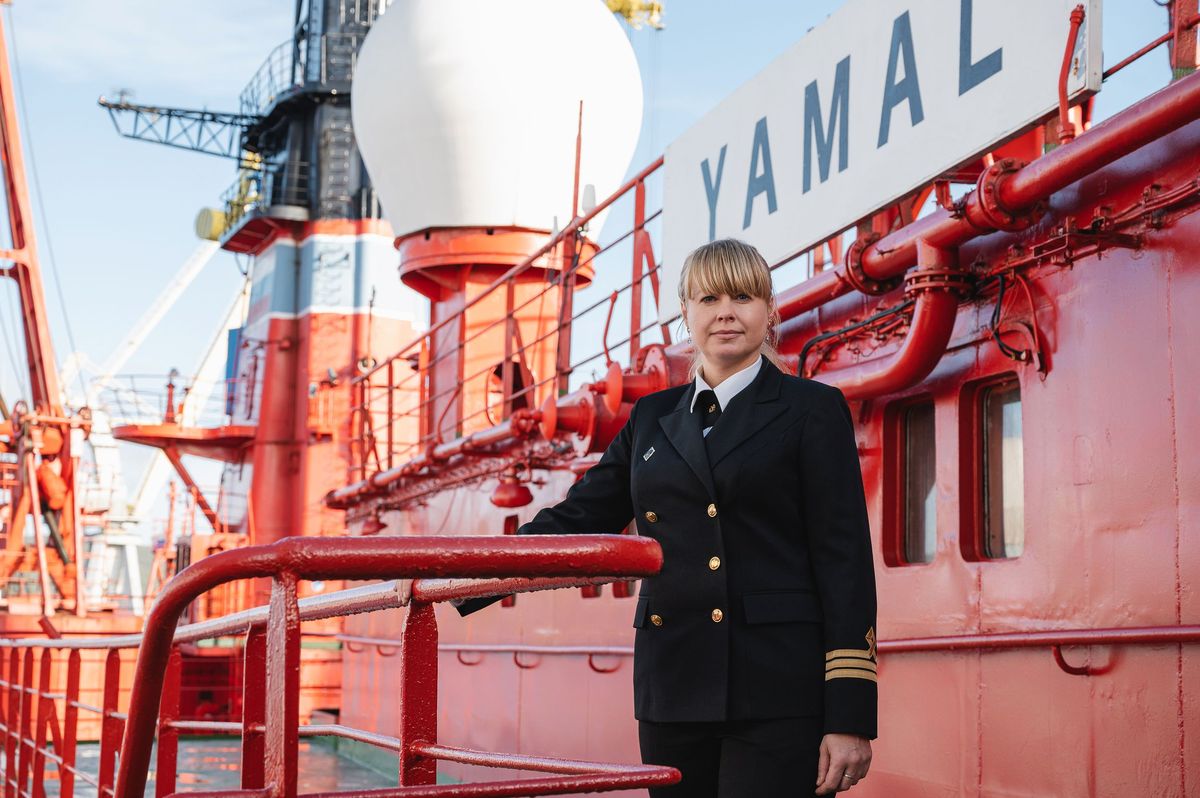On September 25, 2025, VDNKH hosted a round table dedicated to one of the key and most promising areas of modern global research and development – controlled thermonuclear fusion. Representatives of the world's leading organizations and laboratories involved in fusion research and energy development discussed the current state, prospects and future role of controlled thermonuclear fusion as an energy source and the field of professional implementation.
Alan Becoulet, Deputy Director-General and Chief Scientist of the International ITER Organization, highly appreciated the current pace of joint implementation of the most ambitious project in this field – the international ITER Project. "It was thanks to Russian scientists that the idea of ITER was born back in the 1980s, which later led to the unification of the largest partners who are now involved in this project, and these are 35 countries. We are already close to completing the installation of the toroidal vessel and assembling the reactor in the near future. Since the beginning of last year, we have been following the updated baseline, and now I can say with confidence that we are at a very good pace. And this is our common achievement of all the partner countries of the ITER project, including Russia," he said.
The key role of Russian industries and institutions in the project was emphasized by the Director of the Project Center ITER (Rosatom) Anatoly Krasilnikov. He also noted that ITER is not just a global mega-project, it is a technological platform that provides the basis for current and future thermonuclear research in our country. "The tokamak concept, proposed back in the 1950s in the USSR, became the basis for the international ITER project. Today, 35 countries are participating in it, and we are proud that the initiative originated in Russia. Within the framework of ITER, we created a whole industry of superconductors, these technologies are used in medicine, nuclear energy and other fields. ITER has become a catalyst for the development of thermonuclear fusion, and we are developing our own project based on it, as part of the national fusion program," Krasilnikov said.
One of the main topics of the round table was the active development of bilateral Russian-Chinese cooperation in the field of fusion research. Guosheng Xu, Deputy Director-General of the Institute of Plasma Physics of the Chinese Academy of Sciences, who participated in the event, expressed confidence in the special significance of this cooperation for both countries."It is a great honor for China to participate in the ITER project. We have already been able to obtain plasma and hold it for a long time, and by 2028 we expect to achieve even greater success. China is not only a part of the project, but also actively participates in joint research, developing new technologies. We are confident that thermonuclear fusion will gain momentum soon, and international cooperation plays a key role here".
A special role in the discussion was given to the prospects for the professional development of young scientists, which are provided by the field of thermonuclear research. Alexandra Kartasheva, Head of the laboratory of the Troitsk Institute of Rosatom, shared her opinion: "I believe that we, current and future scientists and engineers in the field of fusion research, are extremely lucky. Indeed, on the way to mastering fusion energy, to an industrial thermonuclear power plant, it is necessary to solve a whole range of difficult and incredibly interesting engineering and technical tasks. We need new materials, we need to develop a number of new technologies, which then the industry will have to master. That is why the world community is implementing the largest international project to create an experimental thermonuclear reactor, ITER. That is why we are developing a national thermonuclear research program".




